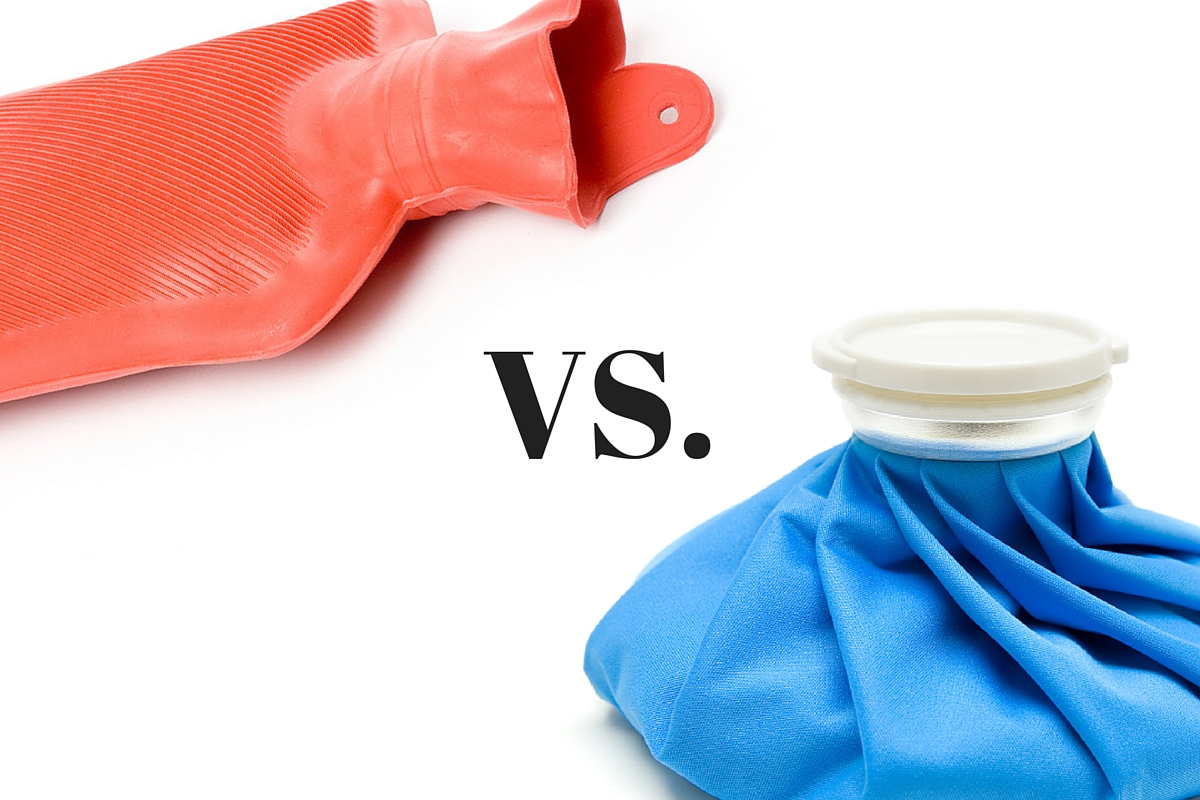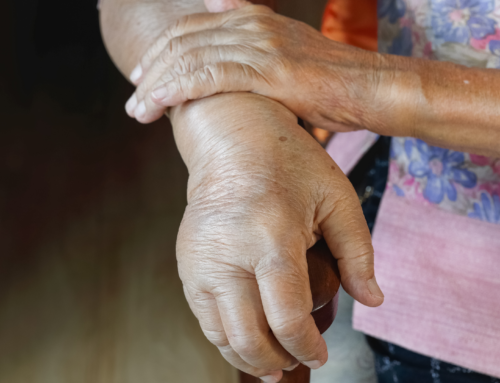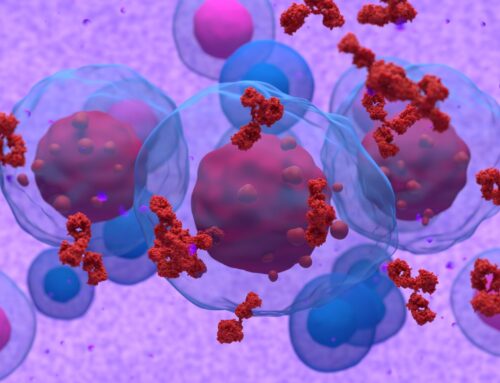Our staff are taking the time to answer four of the most asked questions by our clients in a series called Ask Me Anything.
When Do I Use Ice Versus Heat for My Condition?
Figuring out when to use ice versus heat for a particular condition seems like it should be such a simple question to answer, but it’s not. So, let’s take some time to walk through the conditions that may call for each.
Ice (cryotherapy) is for conditions that are acute, demonstrating signs of inflammation, and painful. Cold makes our blood vessels constrict; decreasing blood flow to the area.
Heat (thermotherapy) is for muscle and joint soreness, overall stiffness, and conditions that are long-standing/ chronic. Heat makes our blood vessels dilate; increasing blood flow to the area.
Easy, right? Well, maybe not. There are a couple of other things to consider.
This clinical reasoning has been applied for decades, with somewhat of a dogmatic approach. In general, this approach has been successful and does, indeed, help the classic situations. In most cases, physiotherapists and other health care providers are taught what effect cold and heat therapy have on the target tissue(s). I believe the next step in clinical reasoning needs to be, “What are the goals of this cold/ heat intervention for this person’s condition and timeline of recovery?”
Cryotherapy is a non-medicinal means of decreasing inflammation at the site of injury or dysfunction. For example, after spraining your ankle, you would apply ice to reduce swelling. Inflammation is a natural and healthy process that your body goes through to repair damaged tissues, provide nutrient exchange to target tissues, and is necessary for recovery. However, inflammation can be painful and restrict our ability to function (e.g., painful to walk, decreased range of motion). Cryotherapy can help to take down the inflammation, thereby, decreasing the pain so that you can begin physiotherapy and movement earlier and without inhibitions.
If inflammation is healthy, but icing a sprained ankle decreases inflammation, you might now be wondering if you are hurting yourself in the long run. There answer is no. You are not causing extra damage to your sprained ankle if you ice immediately after the injury, especially if you use the correct parameters to icing.
Recent literature has put cryotherapy in the proverbial “hot-seat” by stating that icing an injured area decreases the time the tissue has in an important stage of healing. The goal behind cryotherapy in many physiotherapy institutions is to provide enough analgesic intervention (pain-relief) and to decrease some of the inflammation so you can begin moving your injured area earlier. This means, you can be up and moving earlier if your pain is addressed in a responsible manner.
Thermotherapy is helpful for muscle stiffness, joint stiffness, and for conditions that have been going on for a long time (e.g., chronic low back pain, arthritis). Thermotherapy also helps to decrease muscular tone, improve muscle elasticity, and improves synovial fluid production; which our body’s natural WD-40. Application of heat before movement therapy is highly recommended. There are some systemic conditions (e.g., multiple sclerosis, immune-deficiencies, cancerous growths, decreased sensation) that are precautions and/or contraindications for the application of heat.
Always ask your physiotherapist if cryotherapy / thermotherapy is right for your condition and timeline of recovery.
Parameters for Ice / cryotherapy:
- Immediately after an acute injury (e.g., after spraining your ankle).
- 12-15 minutes at a time with at least the same amount of rest-time between applying it again.
Parameters for Heat / thermotherapy:
- For muscle soreness, joint stiffness, or chronic conditions.
- 15-20 minutes of moist heat for deeper tissue effects.
Written by
FOLLOW US!
OUR SERVICES
ASK ME ANYTHING SERIES
QUESTION 2: HOW DOES PHYSIOTHERAPY DIFFER FROM CHIROPRACTIC TREATMENT AND MASSAGE THERAPY?
QUESTION 3: CAN I RECOVER FROM A DEGENERATED BACK? MY MRI RESULTS LOOK HOPELESS.
QUESTION 4: WHAT HAPPENS IN A PHYSIOTHERAPY SESSIONS?
QUESTION 5: HOW MANY PHYSIOTHERAPY SESSIONS WILL I NEED?







